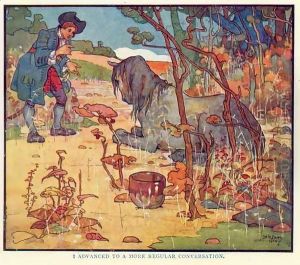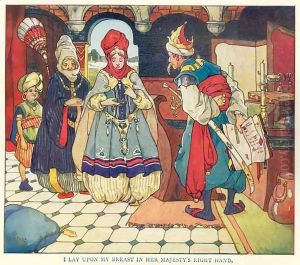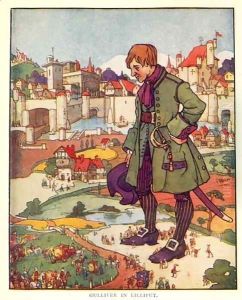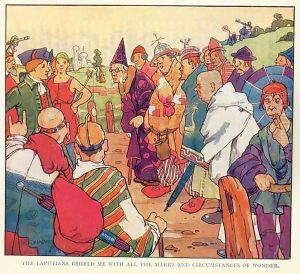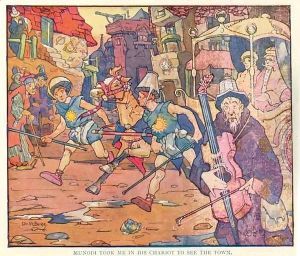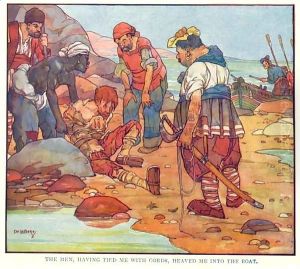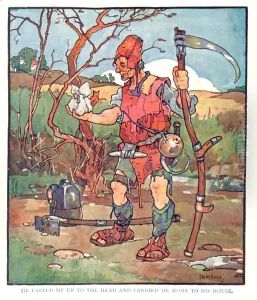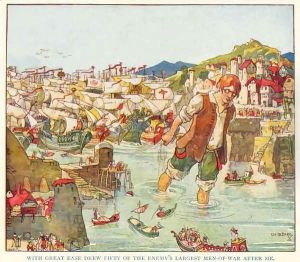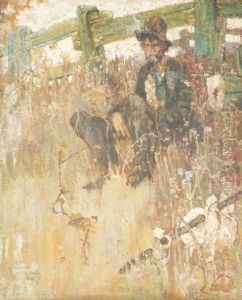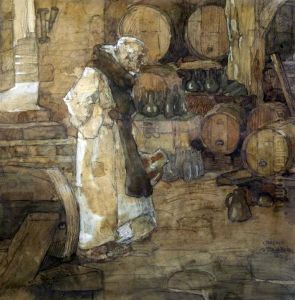Stephen Baghot de la Bere Paintings
Stephen Baghot de la Bere was a British painter and illustrator known for his distinctive style and his contributions to the revival of mural painting in the UK during the early 20th century. Born on December 24, 1877, in Cheltenham, Gloucestershire, England, he was educated at Cheltenham College and later at the Slade School of Fine Art in London, where he honed his skills as an artist under the tutelage of renowned professors such as Henry Tonks and Fred Brown.
During his career, Baghot de la Bere exhibited his work at various galleries and exhibitions, including the Royal Academy. His artistic output was diverse, ranging from portraits and landscapes to murals and decorative panels. He was particularly noted for his mural work, which often featured allegorical and historical themes, and can be found in public buildings and private residences across Britain.
In addition to his painting, Baghot de la Bere was also involved in teaching art. He served as the principal of the Cheltenham School of Art from 1906 to 1912, where he influenced a new generation of artists. His impact on British art was also felt through his involvement in the Arts and Crafts movement, which emphasized traditional craftsmanship and was a reaction against industrial mass production.
Stephen Baghot de la Bere's work is characterized by its vibrant color palette and a blend of realism and decorative stylization, which reflects the influence of both the Arts and Crafts movement and Art Nouveau. Despite not being as widely recognized as some of his contemporaries, his contribution to British mural painting and his role in art education have cemented his place in the history of British art.
Baghot de la Bere's life was also marked by his service in World War I, where he served with distinction. After the war, he continued to paint and exhibit his work, maintaining a modest but dedicated following until his death on October 2, 1948. Today, his works are held in various collections and continue to be studied by those interested in the art and cultural history of the period.
